ECommerce Workflow Management
ECommerce Workflow Management
What is ECommerce Workflow Management? Why implement it?
ECommerce workflow management is the application of principles, policies, tools, and practices to achieve better management of eCommerce operations. Workflow management in eCommerce is both a science and an art involving the operational planning of the business processes and operations in an eCommerce enterprise. The objective is to bring all the processes and operations within the ambit of planning and carrying them out accordingly. In eCommerce workflow management, the business processes and operations are mapped in the form of flowcharts or any other appropriate illustrative form with the backing of SOP manuals.
ECommerce workflow management helps businesses achieve better operational control over their operations. A few practical benefits of implementing eCommerce workflow management are pointed out below.
- Robust inventory management – timely and accurate purchasing, stock maintenance
- Improved order fulfilment – correct processing and packaging, timely dispatch and deliveries
- Elevated customer experience
- Better coordination with supply chain partners
- Improved seller onboarding and management
- Better operational monitoring and control
- Opportunity for identifying better automation solutions
How YRC can help your business
Process Design and Mapping
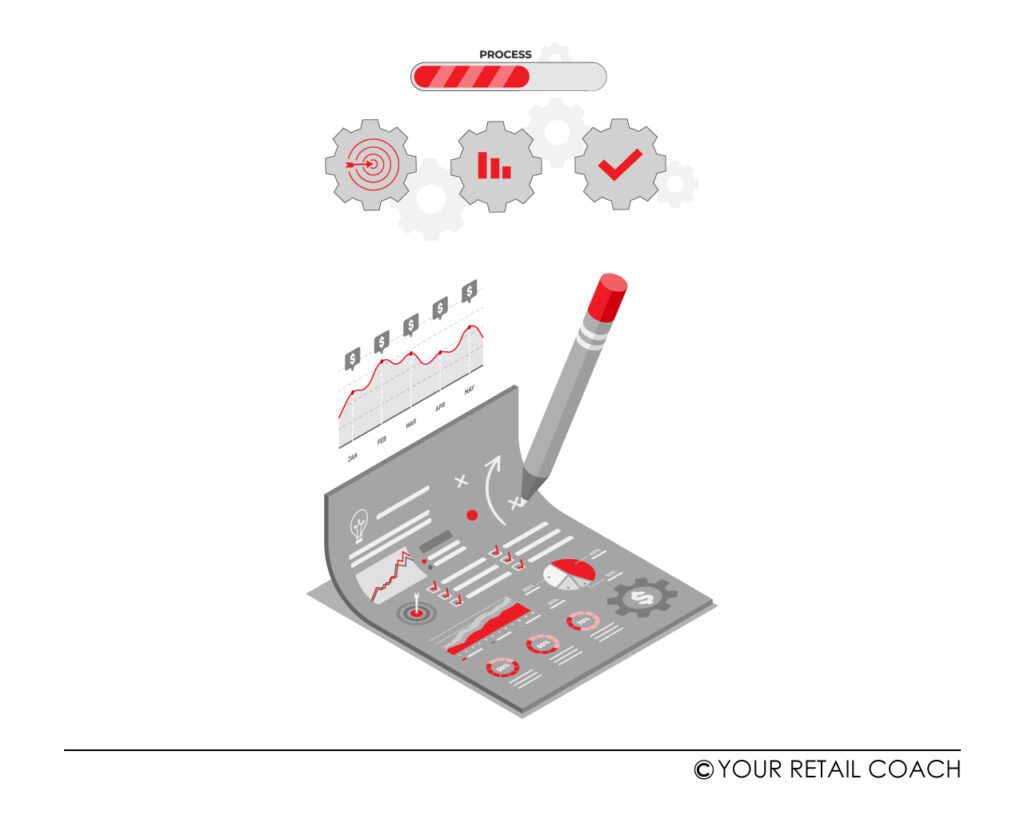 Working in close coordination with your team, the business processes and operations of your enterprise shall be identified, redefined and mapped by our experts using Standard Operating Procedures (SOPs) and eCommerce business process flow charts. The objective is to unequivocally establish how the business operations of your enterprise shall be carried out. Whether it is about how the orders shall be packed or how the revenue shall be remitted to the HQ for COD orders, there will be a defined workflow or SOP for every operation. Whether it is the fulfilment centres or the administration department, every process owner will remain aware of their role and operational requirements in the concerned business processes.
Working in close coordination with your team, the business processes and operations of your enterprise shall be identified, redefined and mapped by our experts using Standard Operating Procedures (SOPs) and eCommerce business process flow charts. The objective is to unequivocally establish how the business operations of your enterprise shall be carried out. Whether it is about how the orders shall be packed or how the revenue shall be remitted to the HQ for COD orders, there will be a defined workflow or SOP for every operation. Whether it is the fulfilment centres or the administration department, every process owner will remain aware of their role and operational requirements in the concerned business processes.
Process Optimisation
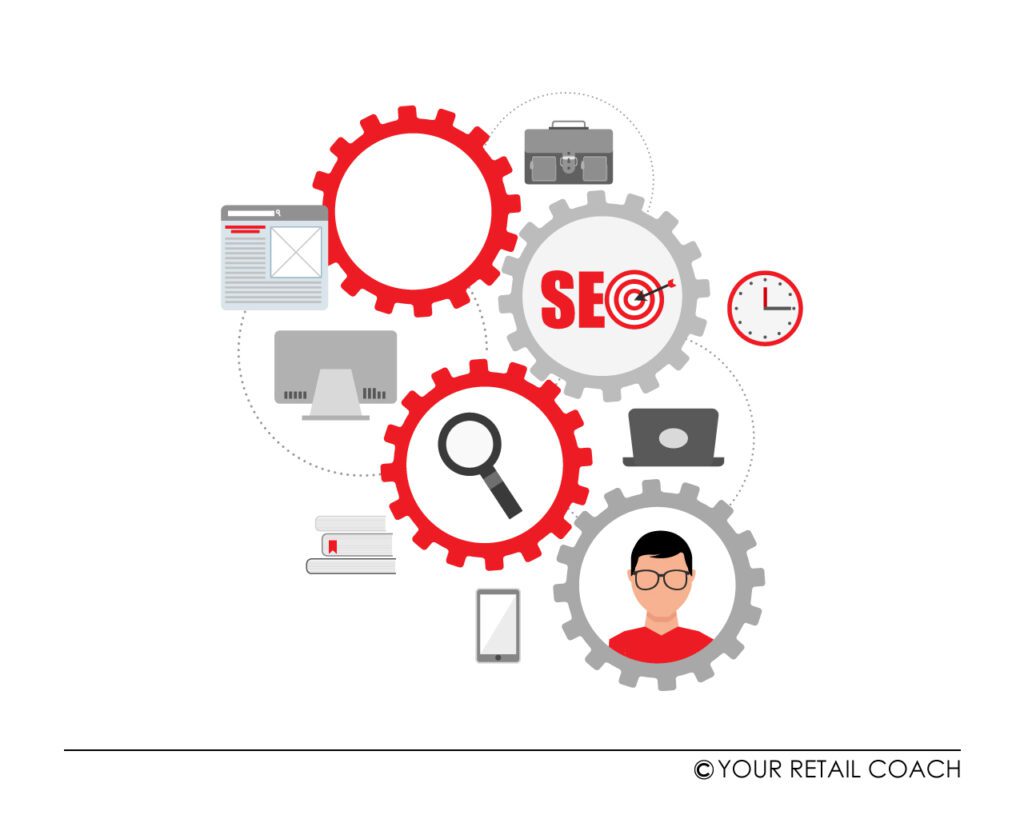 In process optimisation, our goal is to reinvent the best possible ways to execute the business processes and operations of your enterprise. This also includes eCommerce order processing workflow. In doing so, we will consider many factors with planned methodologies. Let us exemplify this. Sometimes, even brands like Amazon do not seem to confirm from the sellers about the availability of products. In such cases, customers place their orders only to later find their orders getting cancelled automatically and that too without citing any reason. Such lack of transparency or communication lapses is not expected of eCommerce brands or online marketplaces. Although such coordination between service providers and sellers is automated, the processes must allow for it. The software cannot be blamed for inconveniences caused to customers due to lapses in operational planning. We process-optimised workflows, we expect to deliver to your business the best possible set of operational planning.
In process optimisation, our goal is to reinvent the best possible ways to execute the business processes and operations of your enterprise. This also includes eCommerce order processing workflow. In doing so, we will consider many factors with planned methodologies. Let us exemplify this. Sometimes, even brands like Amazon do not seem to confirm from the sellers about the availability of products. In such cases, customers place their orders only to later find their orders getting cancelled automatically and that too without citing any reason. Such lack of transparency or communication lapses is not expected of eCommerce brands or online marketplaces. Although such coordination between service providers and sellers is automated, the processes must allow for it. The software cannot be blamed for inconveniences caused to customers due to lapses in operational planning. We process-optimised workflows, we expect to deliver to your business the best possible set of operational planning.
Process Standardisation
Process standardisation becomes essential when an eCommerce enterprise operates in more than one location/division. For every such location/division, where the same business process is carried out, there cannot be differences in its execution. One such area of business where we often get to see this deviation is digital marketing. Companies often fail to maintain consistency in their efforts across platforms. If you are focusing on SEO and SMM, and letting things slide on social media marketing, achieving the overall digital marketing goals will become difficult. You may have the right strategy, but your operational planning must also allow for it. Your team working on different aspects of digital marketing must have a roadmap to follow that enables consistency in efforts.
Internal and external coordination
The ability of a process to coordinate with other processes within or outside the enterprise speaks for its effectiveness. Now for example, if customers raise complaints about glitches in the app, your IT team or IT staff should have a known process following which the issue could be moved towards redressal. You may have an internal IT team or you may have outsourced your IT maintenance. That is not material here. What is important is that you should have a defined process to solve the problem since its detection. Should your IT staff try to solve the problem internally? Who should they inform in case they fail to resolve? What information should they provide? What timelines must be followed? All these operational details are vital to moving a process forward. Our role here is to ensure that the processes we design can communicate with one another and result in smooth and timely coordination between process owners.
Process Orientation
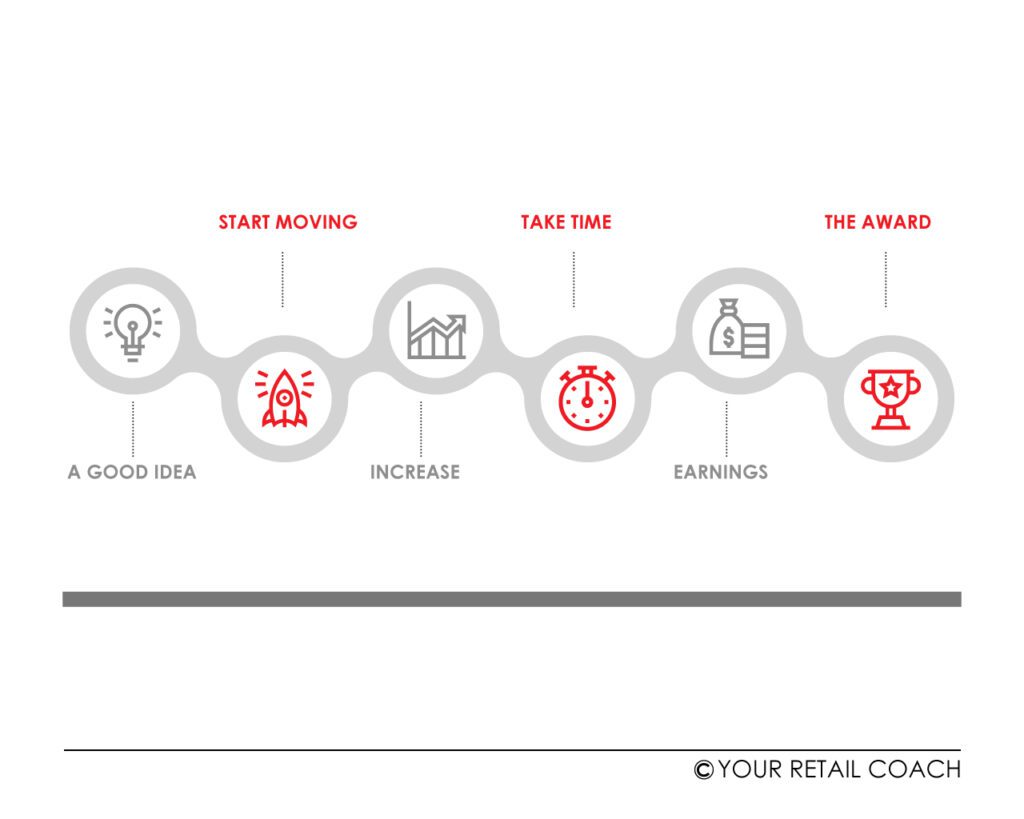 With our eCommerce workflow management solutions, our vision is to help your business become a process-oriented enterprise. Our efforts shall be guided by the goal that every activity in your business is carried out in a planned and organised manner. Every operational detail shall be brought under the realm of operational planning. And with a well-planned operational framework in place, you can remain assured that your business operations are mapped to move on the desired tracks. This does not eliminate the need for supervising and monitoring. But, as a business owner, your involvement in routine operational affairs gets profoundly compact.
With our eCommerce workflow management solutions, our vision is to help your business become a process-oriented enterprise. Our efforts shall be guided by the goal that every activity in your business is carried out in a planned and organised manner. Every operational detail shall be brought under the realm of operational planning. And with a well-planned operational framework in place, you can remain assured that your business operations are mapped to move on the desired tracks. This does not eliminate the need for supervising and monitoring. But, as a business owner, your involvement in routine operational affairs gets profoundly compact.
ECommerce Process Manuals
Flowcharts are one of the most convenient ways to comprehend workflows. However, workflow charts work best when combined with SOP manuals. Also, not every process could be mapped in a flowchart. Different processes have different complexity levels. On the other hand, using flowcharts make SOPs far easier to read. That is why you will often see SOP manuals, in addition to having textual explanations and images, also containing workflow charts.
Ecommerce SOPs (manuals) serve as an operational guide to employees. These manuals also simplify and reduce the need for supervision. As veterans in developing SOP-based process manuals, we have mastered the science and art of defining and mapping all types of business processes involved in the field of retail and eCommerce.
ECommerce Process Automation
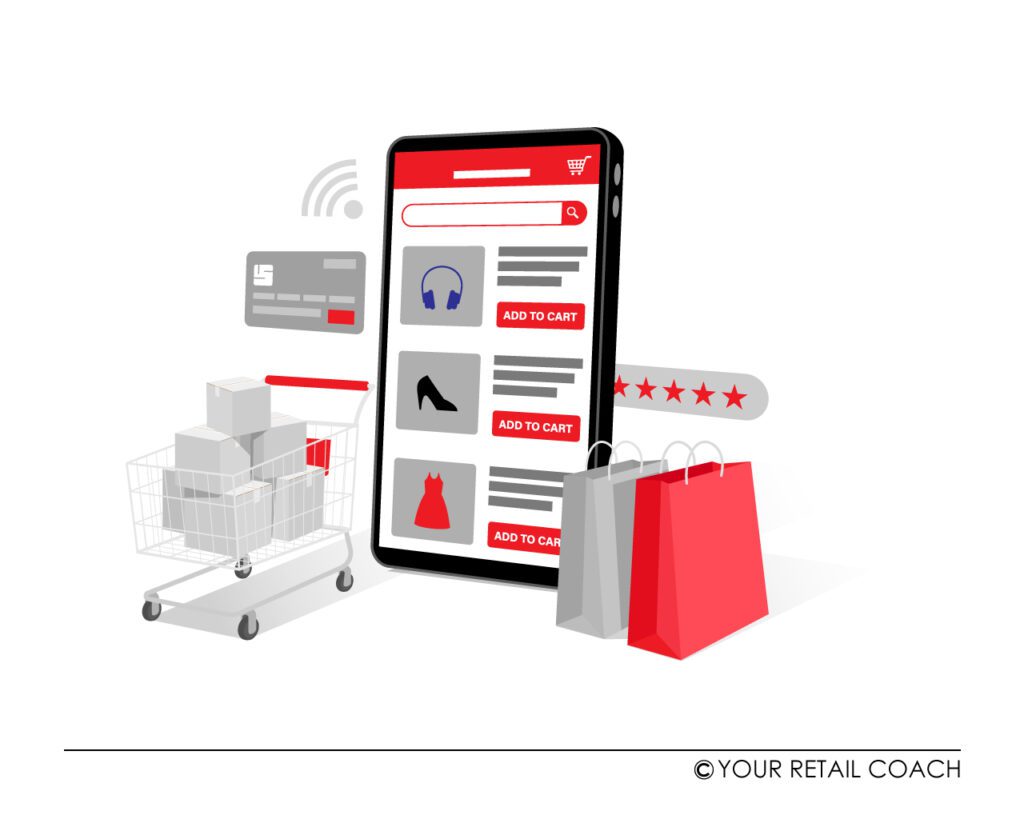 As an eCommerce business owner, you have to be 100 per cent sure that you are on the right side of technology. Apart from internal operations, every buying and selling activity is dependent on the software platform you select. Also, there are strategic marketing interests involved with business operations. For example, providing better UX could be one of your marketing UVPs. This directly affects your decisions on the software technologies to be used.
As an eCommerce business owner, you have to be 100 per cent sure that you are on the right side of technology. Apart from internal operations, every buying and selling activity is dependent on the software platform you select. Also, there are strategic marketing interests involved with business operations. For example, providing better UX could be one of your marketing UVPs. This directly affects your decisions on the software technologies to be used.
By mapping and defining your eCommerce business workflows, our experts will help you in identifying the business software requirements of your eCommerce enterprise. You may find it difficult to choose, develop, or customise a software solution for your business if your business processes are not defined. Understanding the IT ramifications of business requirements requires a certain degree of expertise. But the final decisions on the software product and vendor selection shall be yours.
About Your Retail Coach (YRC)
We are a retail and eCommerce consulting brand with experience in developing business solutions for over 500 clients in 25+ verticals. As an enterprise with a scaling global presence, we endeavour to uphold world-class standards in service design and delivery. We engage professional and experienced online business consultants in our eCommerce SOP development and implementation projects.
For more on our retail and eCommerce consulting services or to have a quick conversation with one of our expert eCommerce consultants, please drop us a message.
Get Advice for ECommerce Workflow Management
Related Blogs
Making the most out of the festive season shopping: A Customer Perspective for Retailers
Decoding the Festive Shopping Spree For us, as customers, the festive season is a licence to spend. The vibes of festivity ushers with joy and a sense of celebration. This elevated mood often turns into an enhanced willingness to spend and indulge in shopping. It is a...
Mitigating Business Risks in Retail
Welcome to the fascinating and lucrative world of franchising, where there are no limit for opportunities to the entrepreneurs, looking to invest in established businesses. Did you know that franchising is a significant contributor to the global economy and according...
How Retailers are Enhancing Customer Experience (CX) with Hyper-Localisation
Hyper-localisation is an alignment strategy that helps retail brands and businesses mould into the requirements of a locality-based market environment. Marketing-wise, it helps retailers tailor their value propositions to cover the needs and expectations of highly...



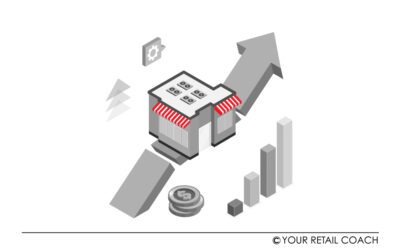

We work only for Visionaries.